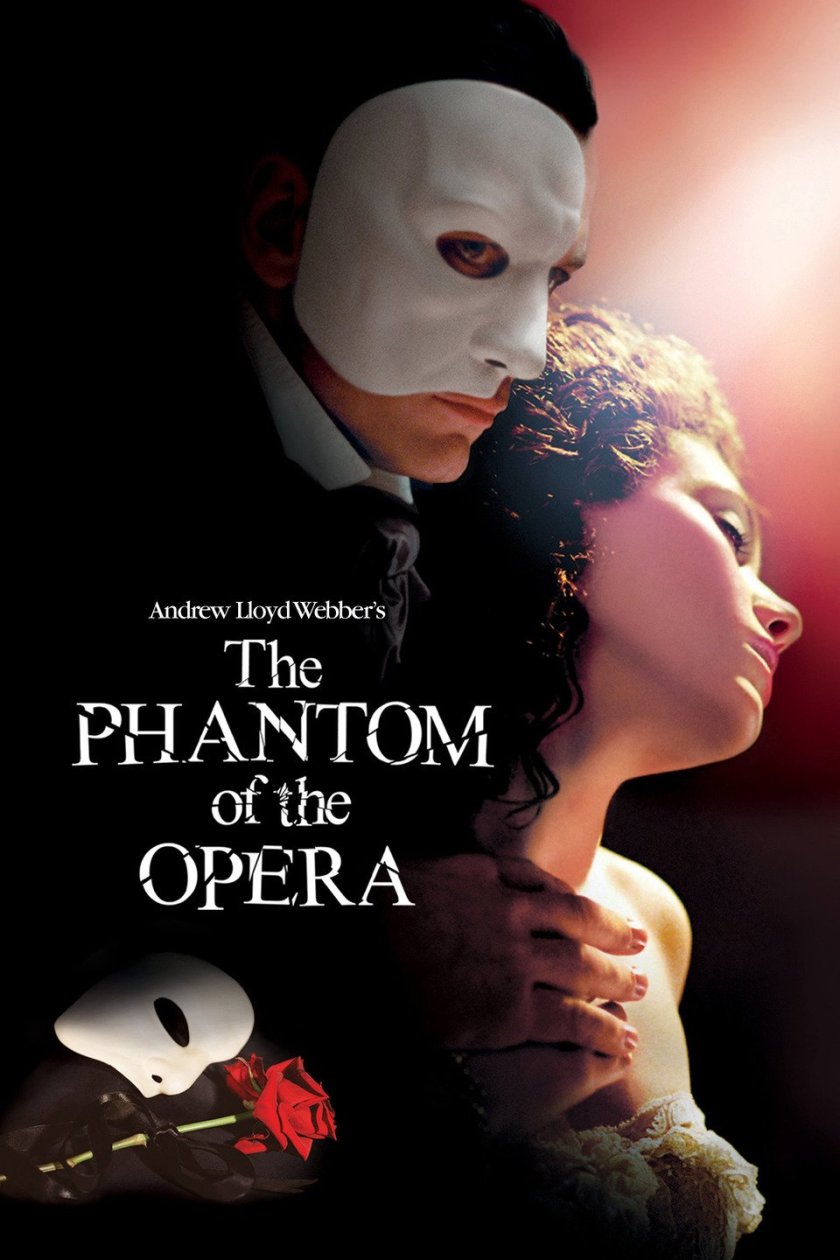Music provides social commentary by pointing out society’s flaws in hopes to prevent those flaws from continuing. Two perfect examples are John Lennon’s Imagine and Macklemore/Ryan Lewis’ Same Love. Both songs are based on controversial issues to show that there doesn’t have to be so much division in this world and if we saw through each other’s differences we could all live in harmony.
Imagine was produced by John Lennon, Yoko Ono, and Phil Spector. It was released in the United States on October 11, 1971. It has a strong political message by trying to get people to imagine living in a world of complete harmony and without greed. During the time this song was created, the Vietnam war was taking place. John Lennon and his wife, Yoko Ono, both were anti-war activists. Many of their songs released before Lennon’s assassination in 1980 revolved around peace and ending the war (Imagine).
The song is beautiful with a catchy rhythm. Lennon rhymes every second and fourth line throughout the piece to add extra flair and creativity to the song. The tempo remains the same throughout the entire piece, which is on the slower and relaxed side. I believe Lennon decided to do this to add emphasis to what he wants is for people to be able to hear him clearly, slow down, relax, find peace in the song, and start looking at the world through a peaceful view. Lennon also uses repetition in his song to ensure his message is received by the audience and to get people to think about the various problems of the world and how easy it can be to obtain serenity if everyone would put down their weapons, share with one another, and to realize we are all living on the same planet so there is no reason to not live in peace. Lennon uses his music to project his views of the world and is very well known for his rational social commentary.
Macklemore and Ryan Lewis’ Same Love was produced by Ryan Lewis and written by Ben Haggerty, Ryan Lewis, and Mary Lambert in 2012. The song was released originally in the United States and the social commentary of this song regards the issues of gay and lesbian rights in America. This song was produced during the campaign for Washington Referendum 74, which ended up legalizing same-sex marriage in 2012 (Same Love). The artwork cover for this song is actually Macklemore’s uncle and his husband, so this issue really does hit home for him and I really appreciate how supportive he is for equality of all of man-kind.
In the beginning of the song, a clarinet gently plays a single note in pianissimo. After a couple of measures, a piano comes in with a simple melody to add texture to the beginning of the song. The melody is very hopeful and light sounding. There is a lot of repetition throughout this song and that’s due to the chorus which simply says, “And I can’t change, even if I tried. Even if I wanted to.” This repetition allows the message of the song to get across that sexual orientation is not a choice so the world needs to stop demonizing same-sex love and allow people to live their own lives by whatever makes them happy. I also appreciate the transitions of this song from rap to a strong and emotional female singer for the chorus, who also discusses the issue from her standpoint as a woman. This song was used to encourage same-sex marriage and love equality.
Both songs are beautifully written and produced. It’s extremely important that Americans have freedom of speech so we can voice our concerns with what is happening in the world in efforts to fix it. Everyone loves music, so singing about controversial and political issues is a great way for people all over the world to hear what you have to say about current troubles of society.
From this course, I have been exposed to various genres of music, as well as different instruments. I’ve learned about music from different countries, different time eras, and what it is about music that makes it so enjoyable. Music is ever-changing. It can be anything you want it to be. It can be sad, happy, excited, dramatic, quiet, and most of all, unique. I will always be passionate about music and I’m really happy I took this course! It helped me realize certain aspects of my favorite songs that I had not acknowledged before taking this class. This course has changed my relationship with music by allowing me to focus more on what makes music so amazing and what makes each piece different from all the other music in the world. Thank you all for your time, and I hope you enjoyed reading my final blog.
“Imagine (John Lennon Song).” Wikipedia. Wikimedia Foundation, 27 Apr. 2017. Web. 30 Apr. 2017. <https://en.wikipedia.org/wiki/Imagine_(John_Lennon_song)>.
“Same Love” Wikipedia. Wikimedia Foundation, 27 Apr. 2017. Web. 30 Apr. 2017. <https://en.wikipedia.org/wiki/Same_Love>.







 Bye for now.
Bye for now.